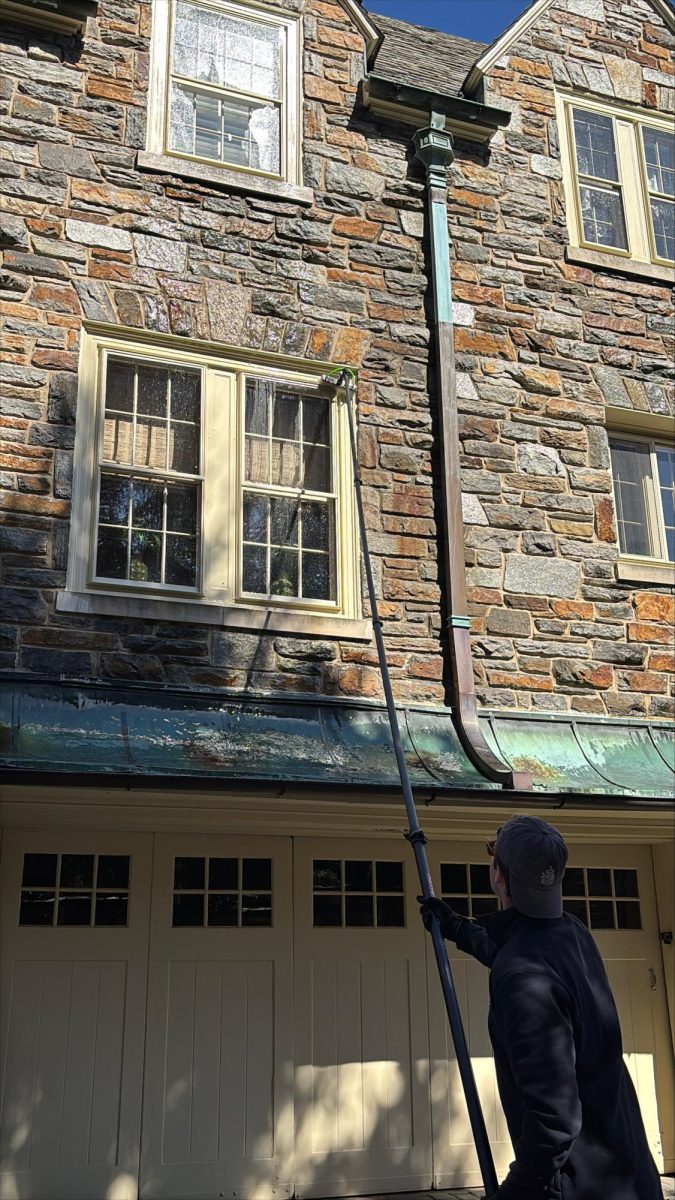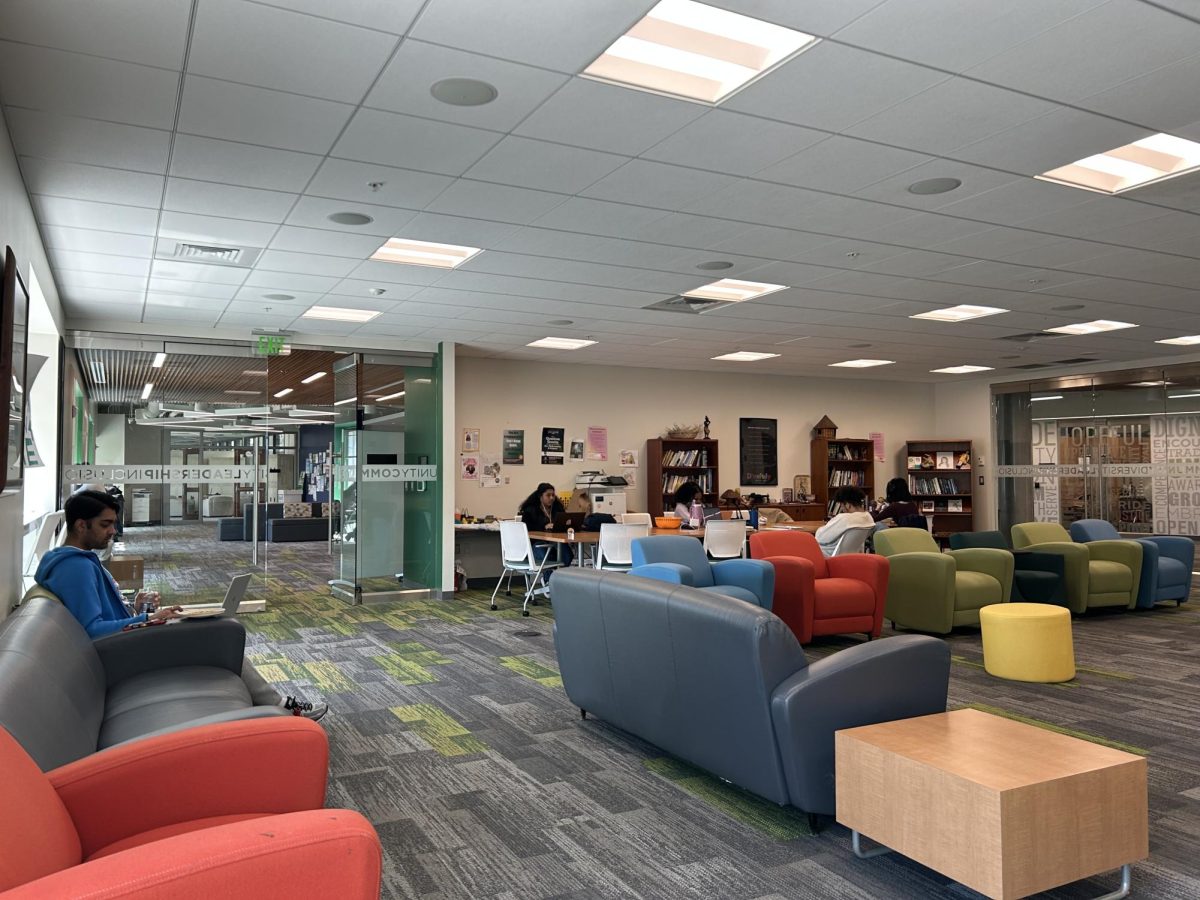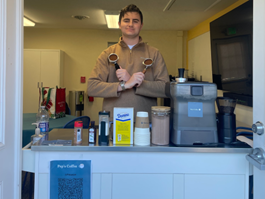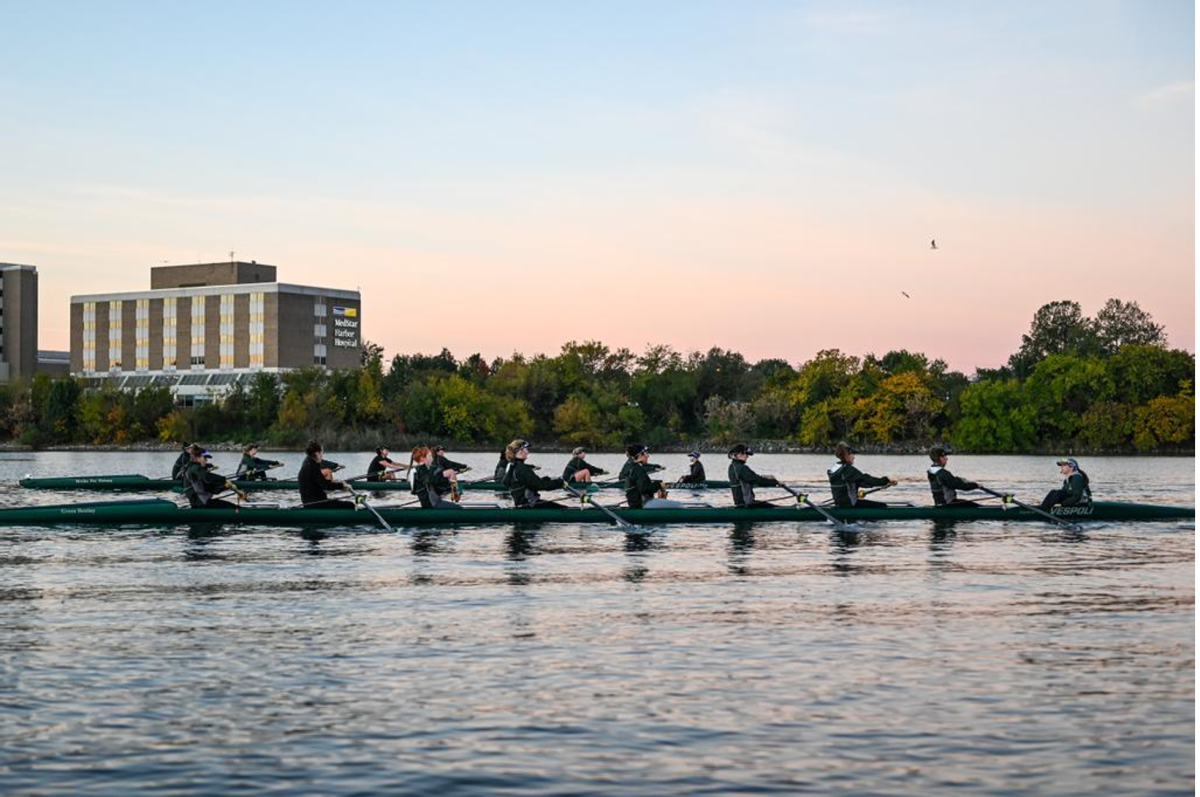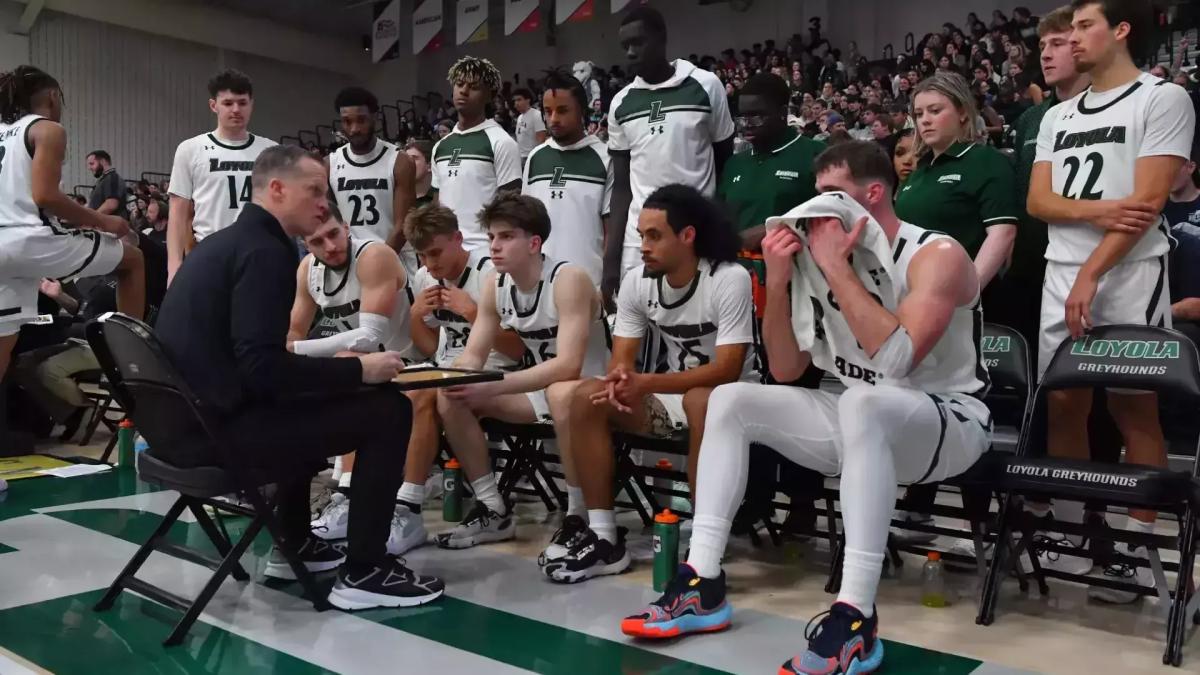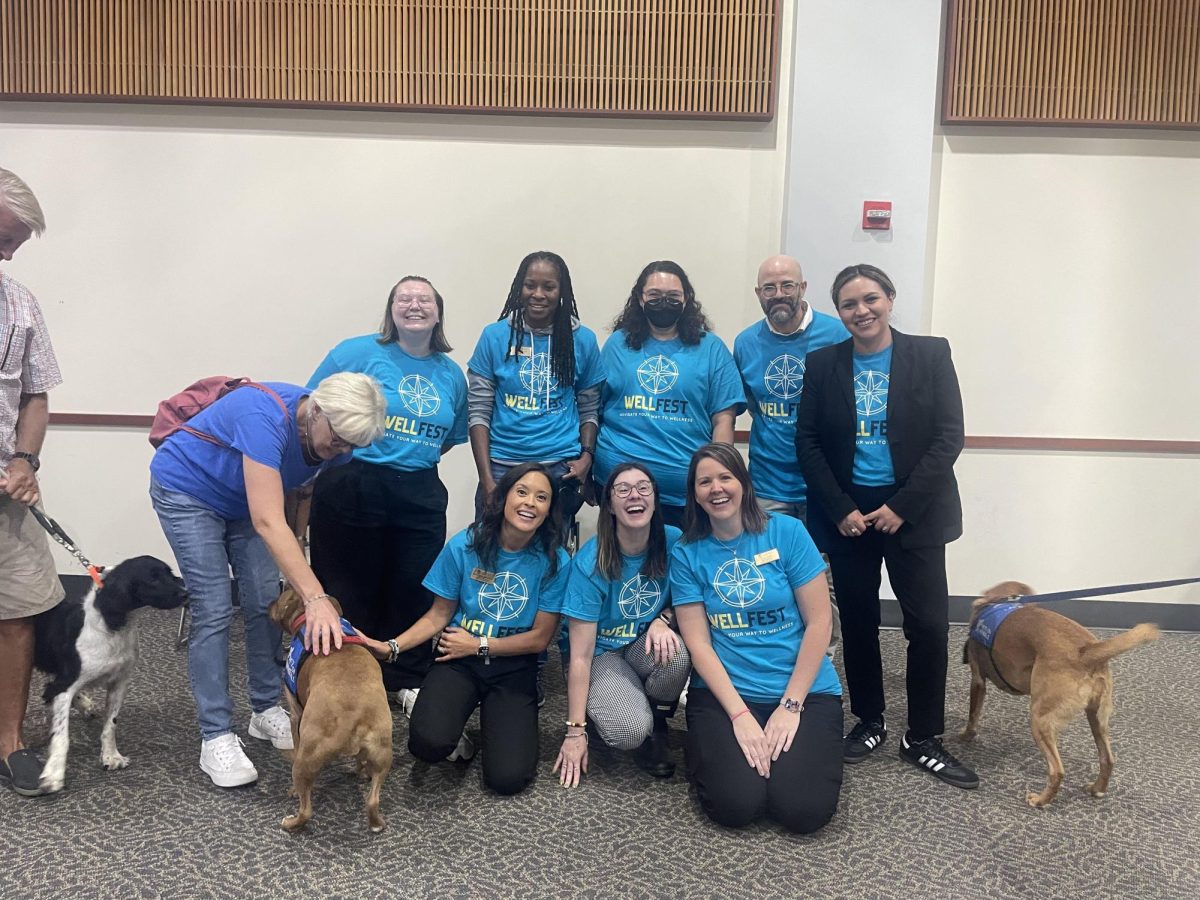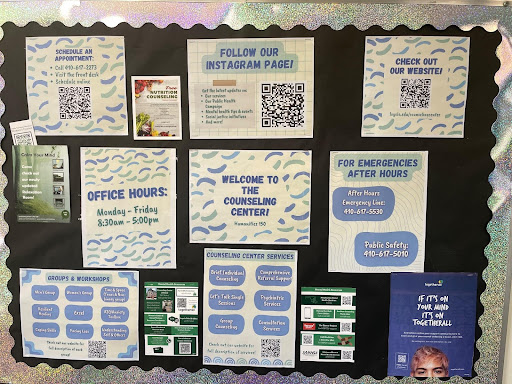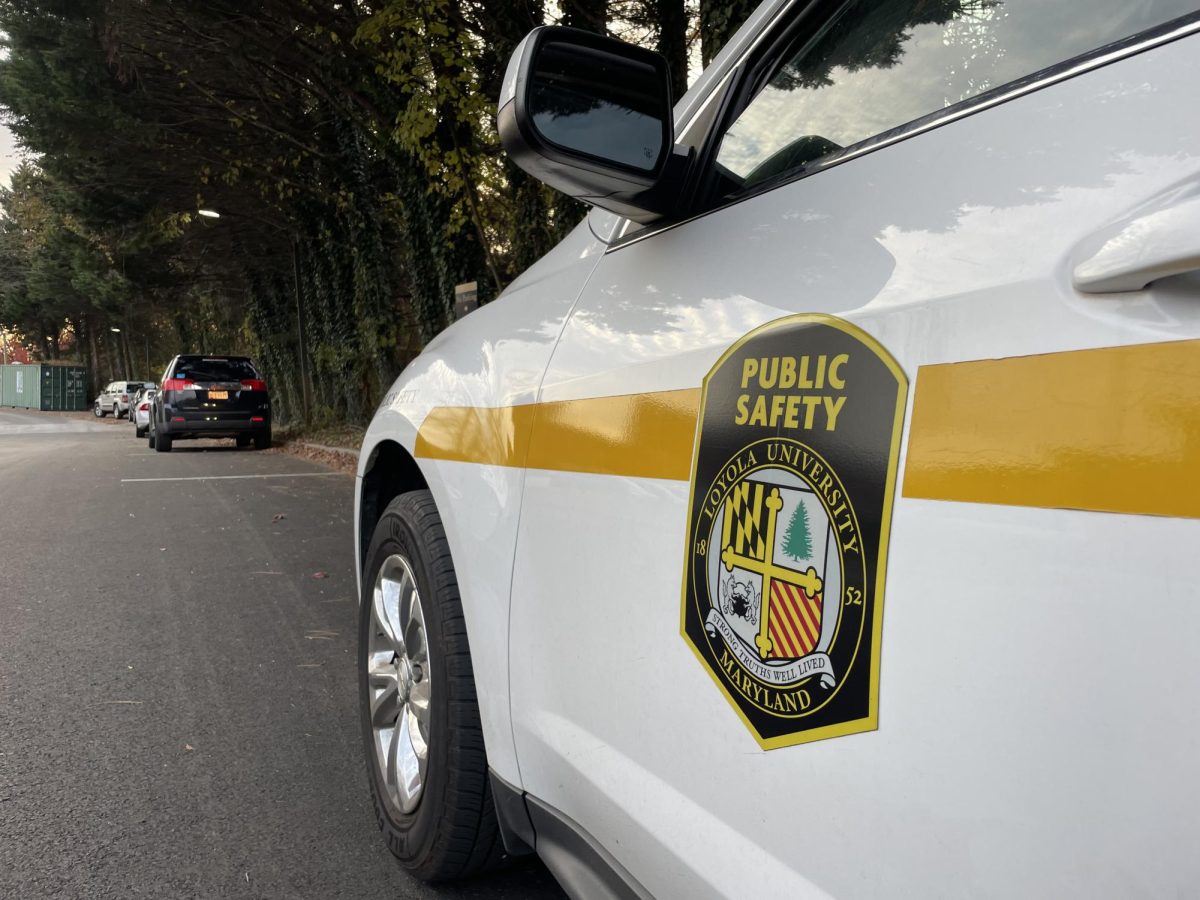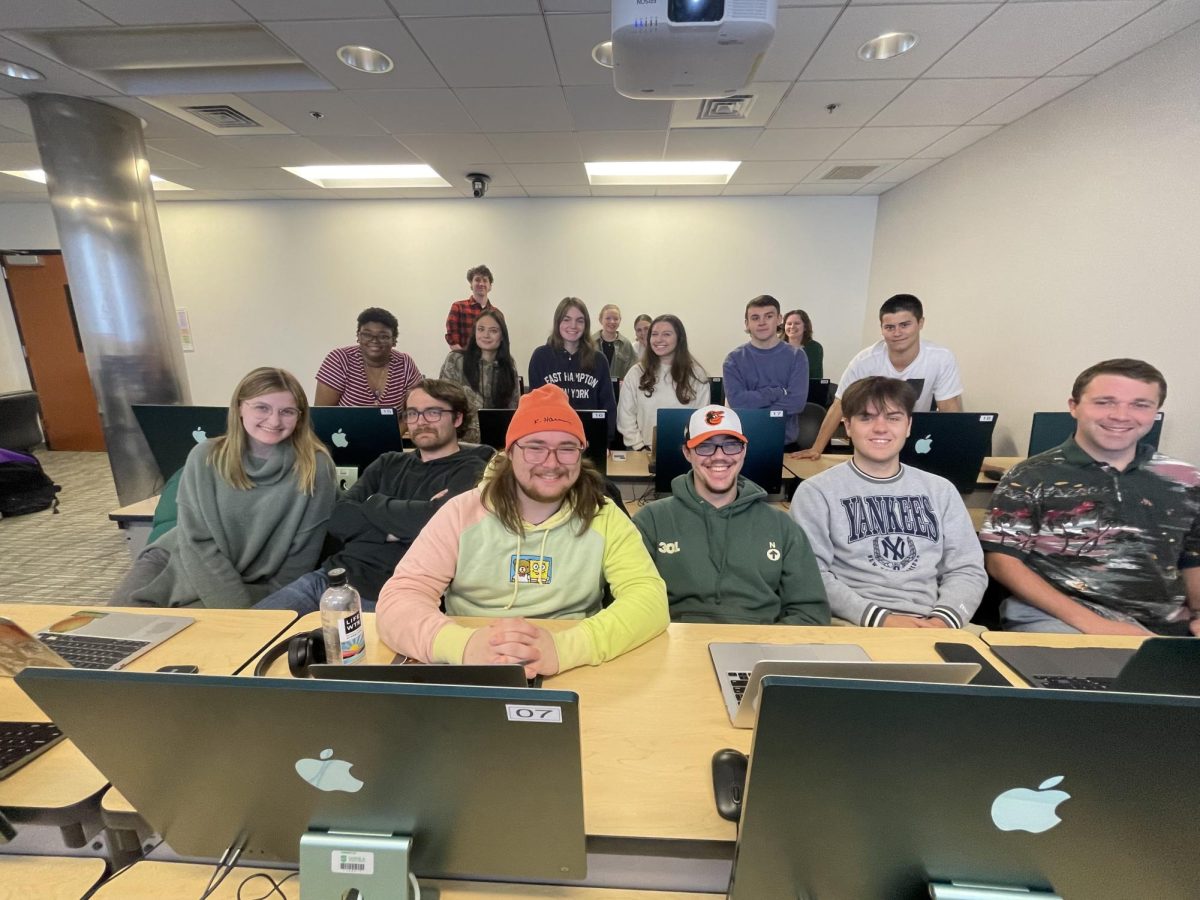With the recent plane crashes in and around the Baltimore area, many people are wondering whether flying still remains the safest form of travel.
Many students are not only worried for their own safety, but the safety of their friends and family who are planning to fly home during the upcoming weeks–especially with spring break approaching.
Madeline Aucoin ‘26, a Massachusetts resident, shared her concerns for flying home over spring break. Flying has always been the most logical form of travel, given that her hometown is eight hours away. Now, Aucoin is questioning her choices.
“Before, I always felt safe because of all of the security that was behind it. But now that things have been changing, it makes me feel like there’s more risks,” Aucoin said.
One of the major reasons many students like Aucoin choose to fly is due to cost. She explained that despite some of the risks, flying home still makes the most sense for her scenario.
“It’s the most cost-efficient so I have still decided to fly home for spring break instead of some other means of transportation,” Aucoin said.
Engineering major Angel Perez-Tavernier ‘26, shared that there may be other factors at play that could explain why so many plane crashes have been occurring since the start of 2025.
“From an engineering perspective, I have to blame the procedure. Not only is it an issue of plane crashes, but also the natural disasters and arctic blasts that have been happening all over the United States,” Perez-Tavernier said.
According to the National Transportation Safety Board, their primary goal is to “determine the probable causes of the accidents and events they investigate and issue safety recommendations aimed at preventing future occurrences.” They stated there had been 94 aviation accidents in 2025. There were 63 incidents this past January and 31 in February, the agency states.
At Embry-Riddle University, an aerospace engineering and aviation school in Daytona Beach, Florida, administrative staff expressed concerns about the recent crashes. Associate Director of the Boeing Center for Aviation and Aerospace Safety, Dr. Kristy Kiernan, shared her insights about recent crashes.
“Most accidents involve some kind of systemic failure. It’s not just one kind of smoking gun. I think a lot of people think you can go out to a crash site and just find the one broken component that caused it,” Kiernan said.
Kiernan added by explaining that in many plane crashes, many factors typically lead up to the crash. These factors, she explained, must be stopped early on and supervised carefully before crashes occur. Kiernan empathized with families who lost loved ones in recent crashes, and acknowledged the safety risks that can come with flying.
“I think it’s a little bit heartless to tell people it’s safe when there are so many people who’ve just lost loved ones in the past couple weeks,” Kiernan said.
Despite the concerns, Kiernan assures the flying public that the aviation industry is constantly trying to improve procedures and safety. She encourages the flying public to educate themselves about flying procedures to feel more content.
“When you’re a member of the flying public, you don’t know what the noises are, you don’t know what the bumps are, you’re just a little uncomfortable…People can make themselves a little more comfortable flying if they learn more about the system, they learn more about safety processes, they understand what’s happening on a flight…” Kiernan said.
Going forward, Kiernan hopes the aviation industry continues to work towards improving air travel safety, and understands the complexity behind these crashes.
To learn more about air travel and safety, you can visit www.faa.gov or asn.flightsafety.org




